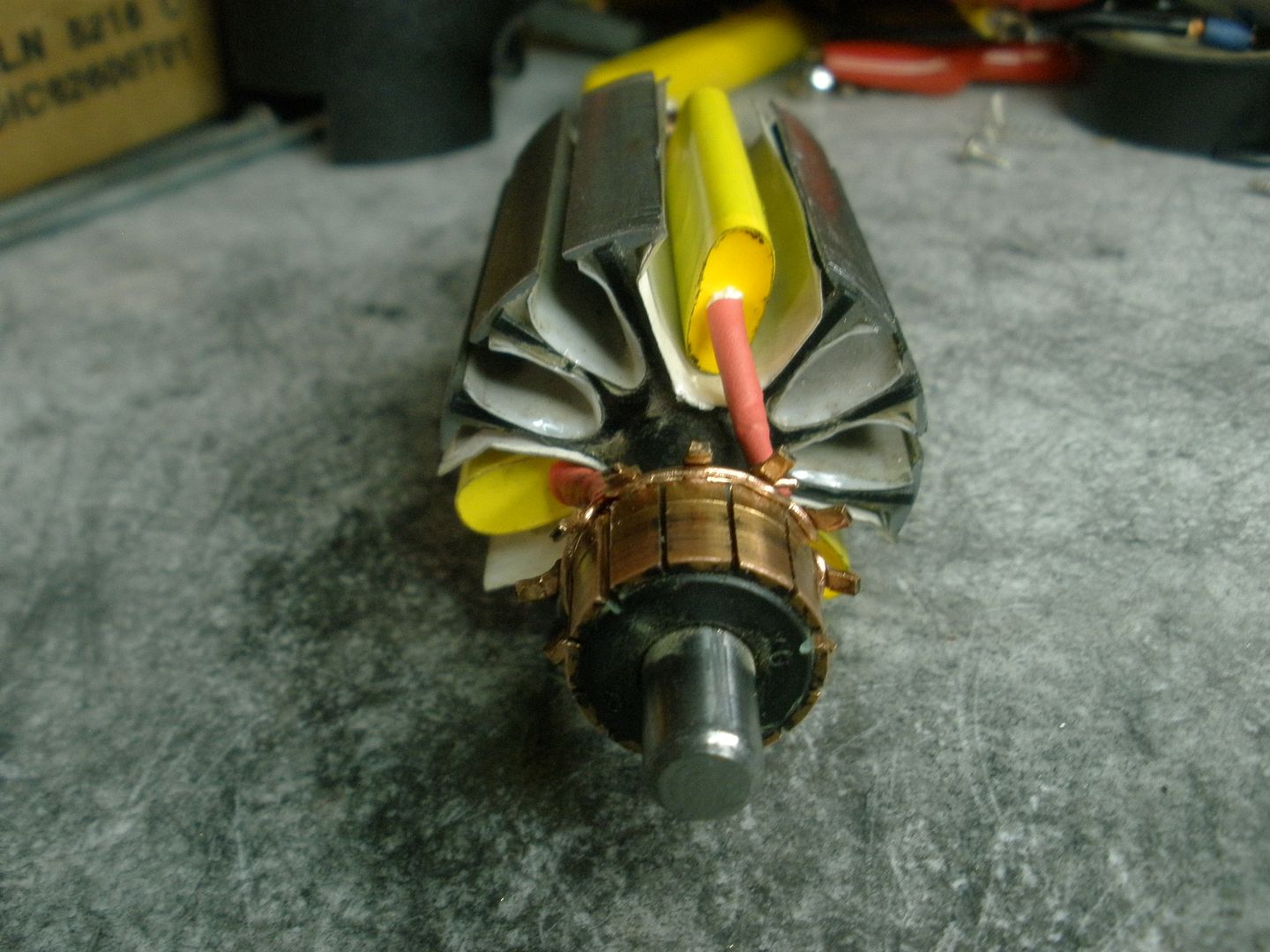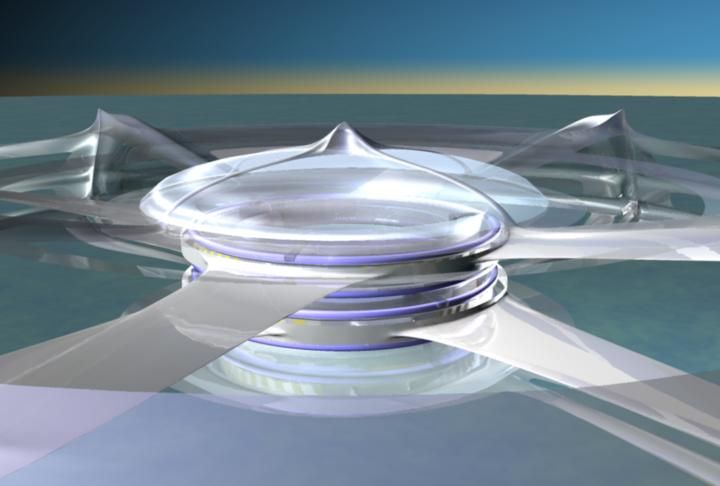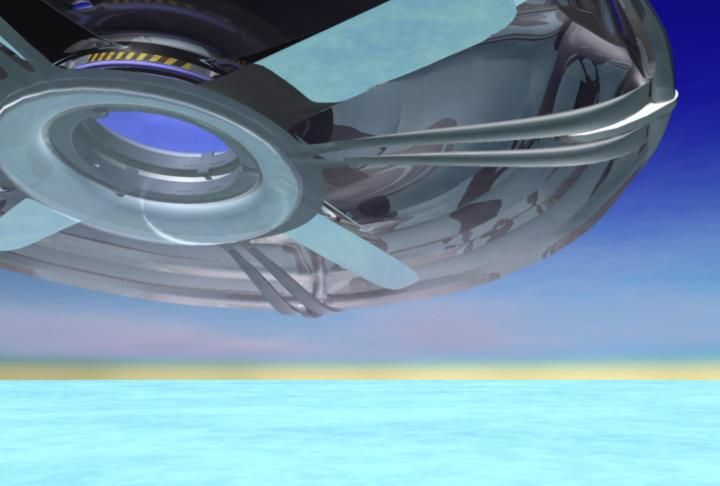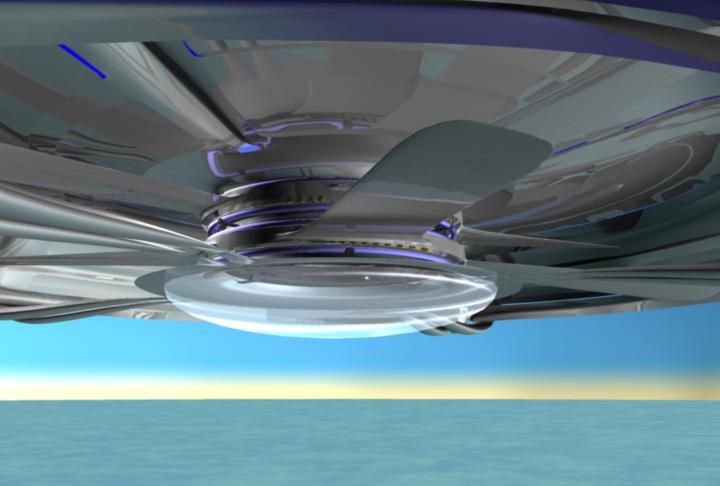[IMG] [/IMG]
[/IMG]
Thanks Indiana boys finally the penny drops.
Regards and thanks,
Cornboy.
 [/IMG]
[/IMG]Thanks Indiana boys finally the penny drops.
Regards and thanks,
Cornboy.
 [/IMG]
[/IMG]









 [/IMG]
[/IMG]





 and much "cleaner" flow...,as also you will be collecting more pure Radiant through separate Diodes from Stators Gates...and will not have the "Noise" from Dynamic Pulsed Feedback" mixed up.
and much "cleaner" flow...,as also you will be collecting more pure Radiant through separate Diodes from Stators Gates...and will not have the "Noise" from Dynamic Pulsed Feedback" mixed up.




 [/IMG]
[/IMG]






 [/IMG]
[/IMG] [/IMG]
[/IMG] [/IMG]
[/IMG]
Comment